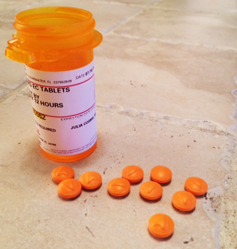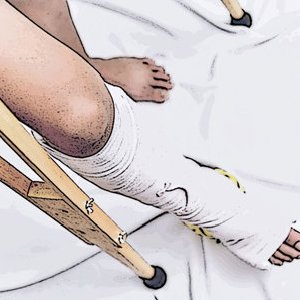Who’s Taking America’s Opioid Painkillers?

A new analysis of the prescribing patterns for opioid painkillers has just turned up a startling fact. Three-quarters of these pills go to just 10% of patients. Further, fifty-nine percent of these pills go to just 5% of patients. It would seem clear that a careful analysis of the needs of this small number of patients might provide a way to curb overprescribing and abuse of these addictive substances.
There are so many questions that need to be asked here. Like these:
- Are these people truly in severe pain?
- Is it chronic or temporary?
- Were non-drug measures used to try to alleviate pain before opioids were prescribed?
- Which non-drug measures are the best alternatives to opioids?
No one wants a person with severe pain to suffer. But could a person with moderate pain find relief from other measures than painkillers?
The American College of Physicians recently issued guidelines for alleviating low back pain without opioids. Their recommendations, published in the Annals of Internal Medicine in April 2017, included the following:
- For acute low back pain: Heat, massage, acupuncture, spinal manipulation, non-steroidal anti-inflammatory drugs, muscle relaxants

- For chronic low back pain: Exercise, rehab, stress reduction, tai chi, yoga, relaxation exercises, laser therapy and spinal manipulation
It was also recommended that physicians not progress to opioids unless other methods have been tried and failed to provide relief.
It’s going to take a while for prescribing methods to shift within the medical community—perhaps years. And not everyone will agree with revisions in prescribing practices. The fact of the matter is that because of the misleading or outright fraudulent marketing of opioid painkillers starting in the 1990s, too many pills have been prescribed—millions of pills too many. Too many people became addicted and too many migrated to heroin when their money or insurance ran out. And then, tragically, too many have overdosed and lost their lives.

Swimming back upstream to saner prescribing practices may not be comfortable or agreeable with everyone. But rolling back prescribing practices for opioids to give them only to those who can truly benefit, for the shortest time possible, is going to be part of the process of repairing this country and saving lives.


 ®
®